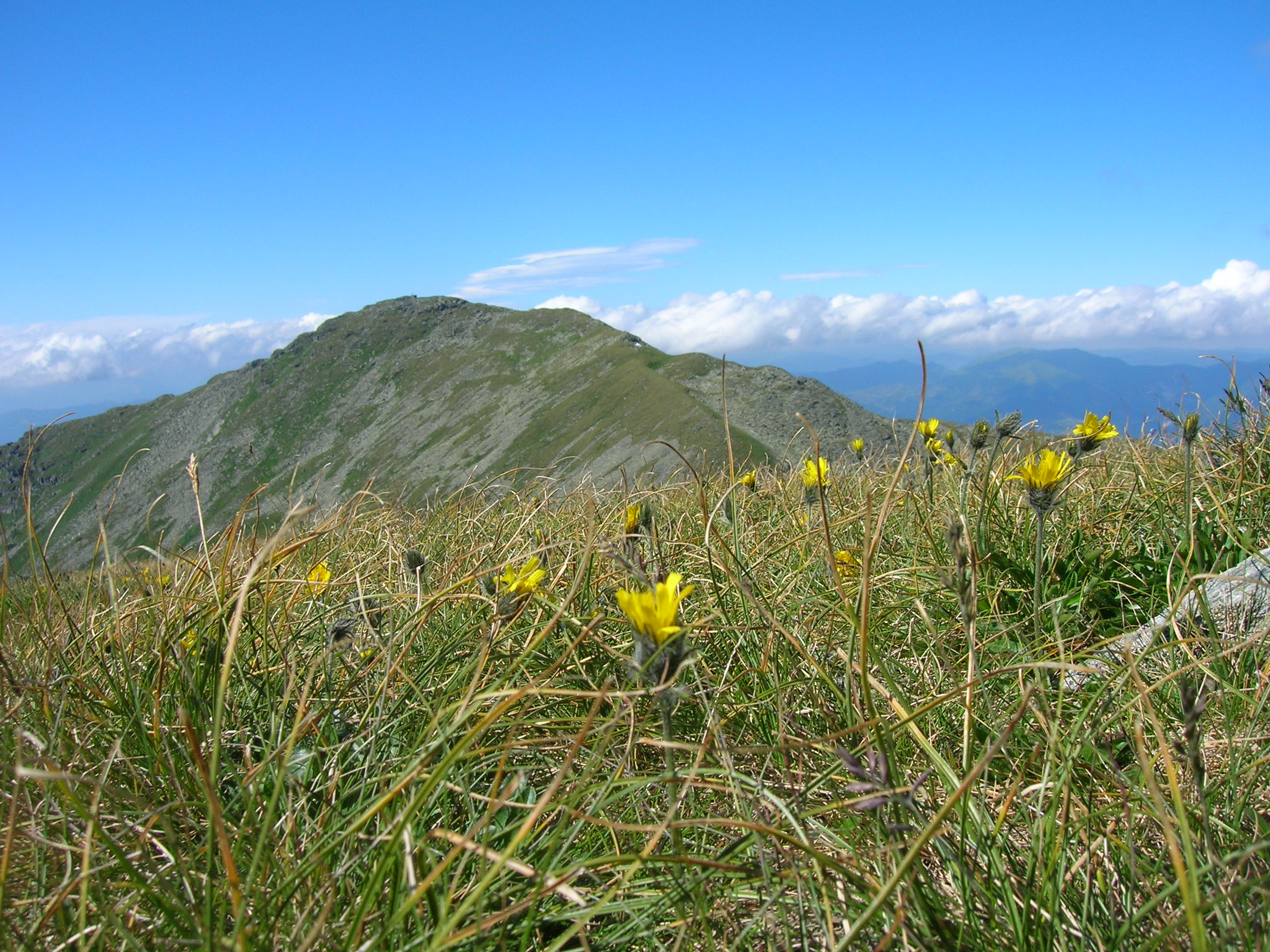Predictive models of biodiversity should no longer ignore the legacy of evolutionary history and biotic interactions. We need to know how species have responded to past changes in habitat distribution to understand current patterns of diversity and to evaluate how organisms will track future changes.
ODYSSEE aims at integrating ecology and evolution to understand and predict the dynamics of species assemblages at a biogeographical scale. The project will focus on the high mountain ecosystems of the Alps and the Carpathians. These nowadays highly fragmented landscapes have undergone severe periods of contraction and expansion over the last two millions years. Moreover, the impacts of Quaternary climatic variations on the spatial distribution of cold habitats have been very different between the Alps – which were largely ice covered – and the Carpathians – which were far less impacted by glacier advances. This contrasting history has had profound consequences on the location of thermal refugees, post-glacial recolonization routes, and community re-assembly following climate warming. However, these historical footprints have been documented for a few species, and never for multi-trophic species assemblages (such as plants – soil microflora – soil mesofauna networks). This hinders our capacity to forecast the response of integrated levels of biodiversity to global change.
ODYSSEE will build on existing knowledge to assemble an unprecedented dataset on the biodiversity of two types of widely distributed mountain grasslands across the Alps and the Carpathians: the extensively managed alpine meadows dominated by Carex curvula and the more intensively managed subalpine grasslands dominated by Nardus stricta. Different components of biodiversity will be studied including phenotypic and genetic diversity of keystone plant species, taxonomic and functional diversity of plant species assemblages and molecular diversity of soil microflora and soil mesofauna (Collembola). This will provide unique opportunities to examine spatial co-variations across levels of biodiversity and across multi-trophic levels. The ultimate challenge will be to develop and test meta-community models able to track the response of species assemblages to environmental changes in a dynamic landscape.
The main purpose of ODYSSEE is to understand the ecological and evolutionary processes that drive the diversity patterns of species assemblages in mountain grasslands and to implement integrated biodiversity models that will synthesize our understanding of the short and long-term dynamics of these herbaceous ecosystems.
This challenge requires cross-fertilization of dispersed disciplines such as community ecology, evolutionary biology and the science of the earth system. In order to achieve its ambition, ODYSSEE will address three main issues:
- Incorporating micro- and macroevolutionary processes within community ecology.
- Investigating biogeographical patterns of species assemblages within and across trophic levels.
- Modeling the habitat range and the habitat dynamics of European temperate mountain grasslands.
Scientific and Technical barriers that will be lifted:
ODYSSEE will make use of innovative approaches to address the three main questions cited above. Special attention will be paid to:
- Reconstruction of megaphylogenies of the mountain flora.
- Investigating soil diversity using a DNA metabarcoding approach.
- Data integration and eco-informatics platform.
- Improving statistical methods to analyse multi-source ecological data.
- Advances in (meta)community-based modeling.
More details about ODYSSEE are available in the scientific document : PDF

